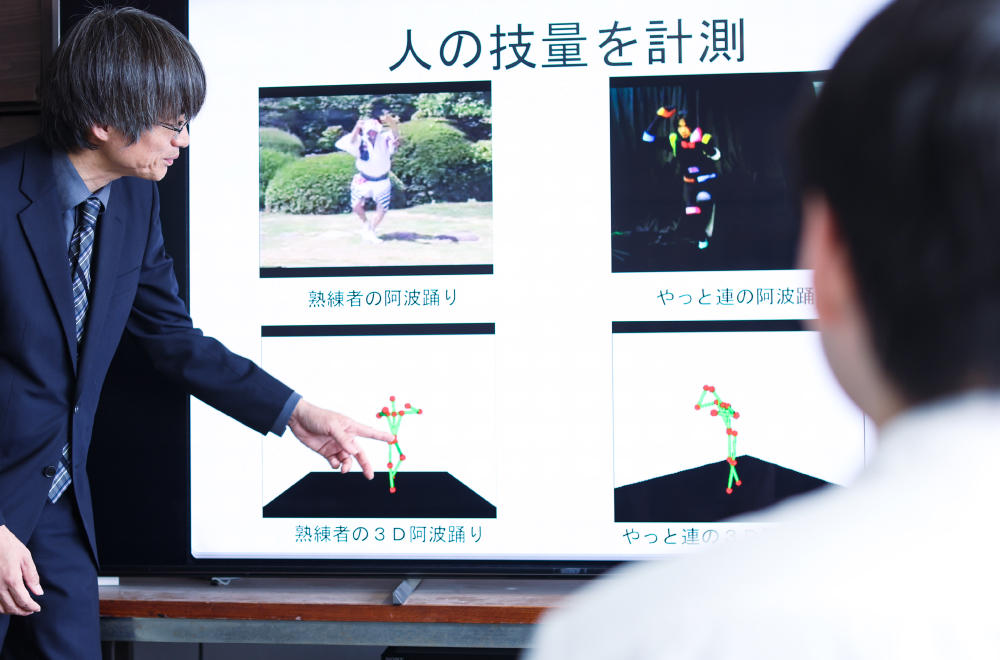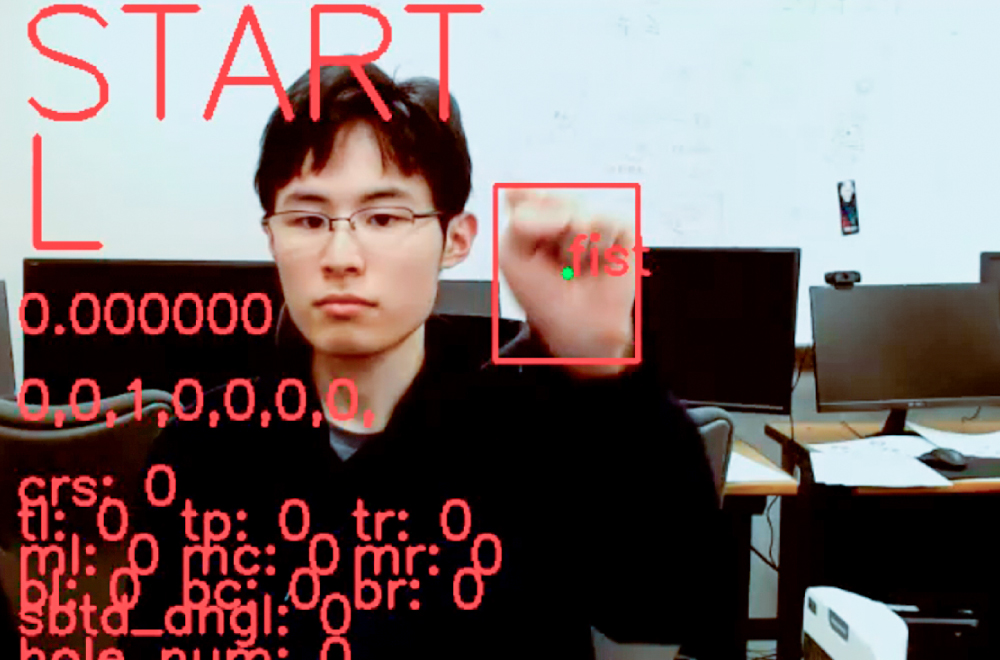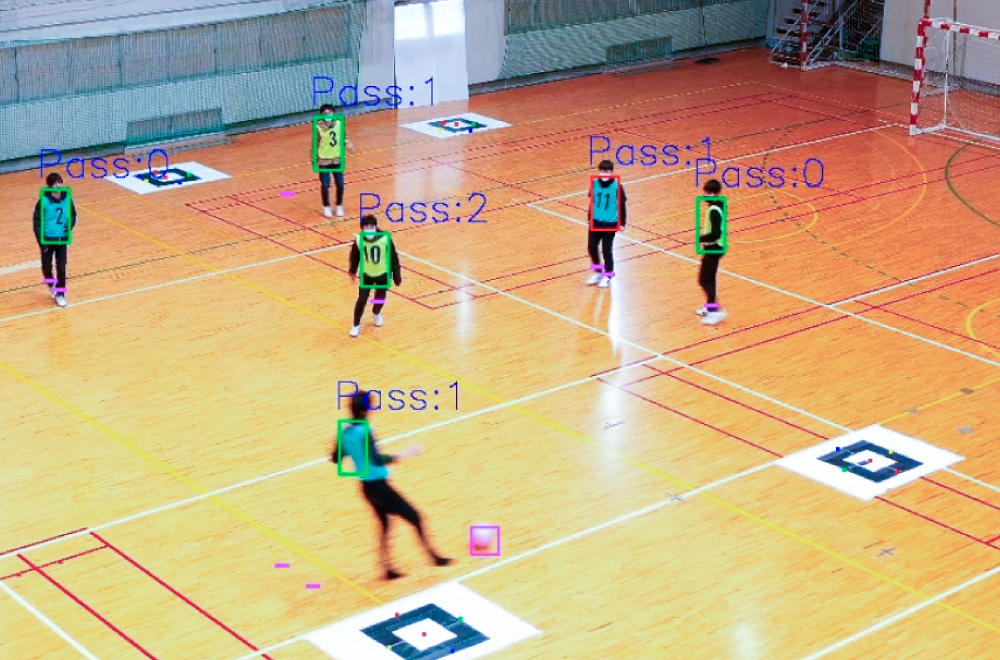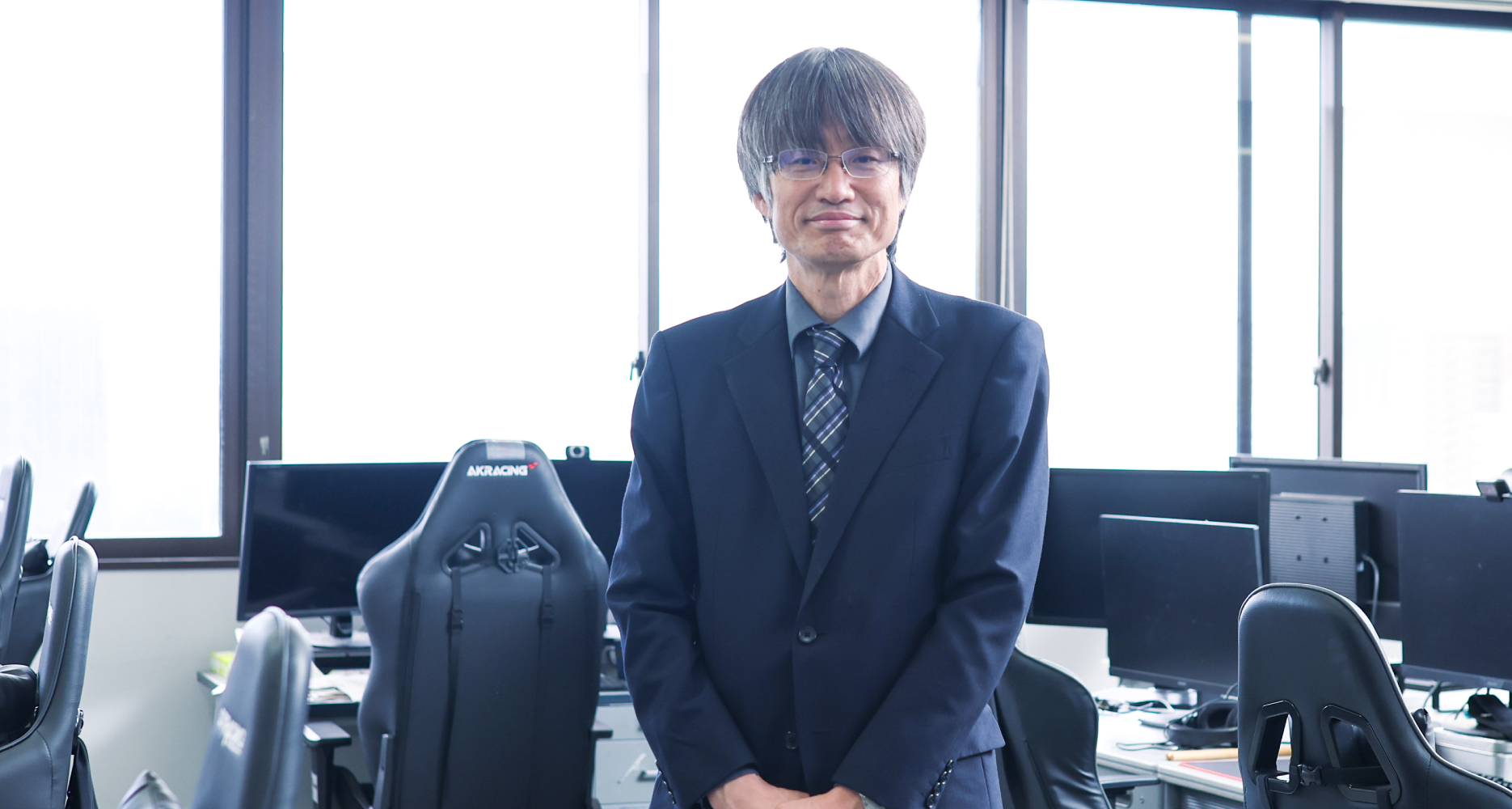
Seven Degree ProgramsComputer Science & Mathematical Sciences Program
The goal is to contribute to the creation of a safe, secure, and comfortable society by fostering the development of ICT, IoT-related technologies, and artificial intelligence and data science expertise, while integrating them with a broad perspective across different fields. This is achieved through the deepening of expertise in these fields and the cultivation of skilled engineers and researchers who can drive the development of these technologies.
The program is composed of information engineering, intelligent engineering, and mathematical sciences, with an emphasis on maintaining a broad perspective while being aware of the relationship with specialized fields. Students are trained to have systematic knowledge and professional skills in addressing problems related to hardware and software systems, as well as solving and advancing problems in related engineering and applied mathematics fields. By utilizing cutting-edge specialized knowledge and technology, students are prepared to develop problem-solving abilities and research and development capabilities, becoming highly skilled professionals and researchers with expertise and creativity in their respective fields.
- Target Fields of This Program
-
- Information Engineering Field
- Intelligent Engineering Field
- Related Mathematical Sciences Field
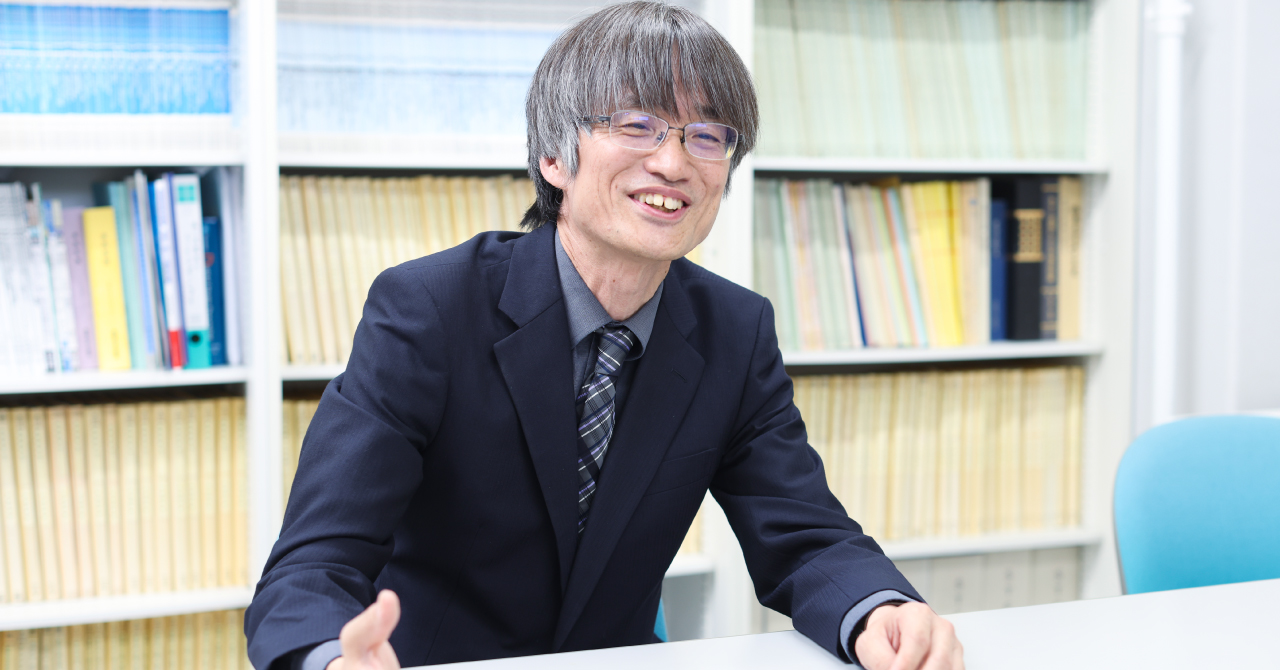
Human-Friendly Image Processing:
Next-Generation Vision Systems Beyond the Human Eye with AI
The Importance and Challenges of Image Processing Technology in a Camera-Driven Society
With the advancements in camera performance, miniaturization, low power consumption, and affordable pricing, surveillance cameras have become ubiquitous, and small cameras are now embedded in devices like automobiles and mobile phones. Cameras are now a standard feature in everyday life. However, the image processing technologies used to manage these cameras are still evolving. Our research aims to develop next-generation vision systems powered by AI that have the same or even greater capabilities than the human eye, across various fields.
“Human-Friendly” Image Processing Systems in Various Fields
Our research goal is to create “human-friendly image processing” systems that serve and assist people in fields ranging from industry, Intelligent Transportation Systems (ITS), agriculture, security, to entertainment. However, even for objects easily perceived by humans, challenges arise due to differences in shape, varying lighting conditions, and camera angles. Overcoming these obstacles requires new ideas and creative solutions to make such systems a reality.
Development and Application of Practical Image Processing Technologies
We are researching and developing practical image processing technologies both within our lab and in collaboration with industry partners and public research institutions. The scope of image processing applications continues to expand across various fields. For example:
- Industrial: Product inspection and auditing of appearances.
- ITS: Monitoring of pedestrian crossings.
- Agriculture: Counting pests and monitoring plant growth.
- Security: Smoke detection and crowd behavior monitoring.
- Food Industry: Detection of foreign object contamination.
- Entertainment: Automatic scoring for Awa Odori (traditional dance).
These efforts are yielding valuable results that are contributing to the advancement of each sector.
High-Precision Image Processing through the Fusion of Image Processing and AI
While applying deep learning to gathered data can provide a certain level of accuracy, it does not achieve the precision required for real-world applications. Therefore, we are developing next-generation AI vision systems that combine image processing and AI. In these systems, image processing handles aspects that AI struggles with, and AI compensates for areas where image processing falls short. This hybrid approach enables high-speed, high-precision image processing, even for complex and ambiguous shapes.
The Future of Image Processing with AI
Currently, the focus of AI application is on enhancing traditional image processing systems to improve accuracy. However, looking to the future, AI has the potential to enable the development of entirely new image processing systems that were previously unimaginable. AI could revolutionize the field, providing solutions that were once beyond the capabilities of traditional image processing technology.
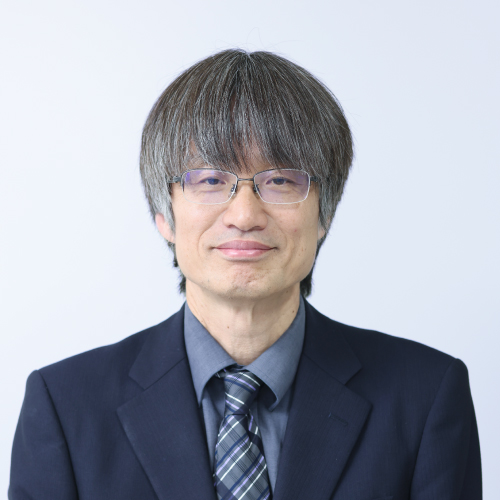
Terada KenjiProfessor
The doctoral program is the final educational institution in Japan’s education system, which starts from elementary school. There is nothing above this level. In this last stage of "education," it is not about being "taught" but about setting your own challenges, conducting research, and learning new techniques, discovering new things, and pushing the boundaries of knowledge. Here, you are free to explore any area of interest, and everything you do will be new and groundbreaking. It’s like embarking on a captivating adventure, all while being supported by the university. This experience is exclusively available to those who advance to the doctoral program, where you are granted the freedom to engage in truly innovative exploration.
